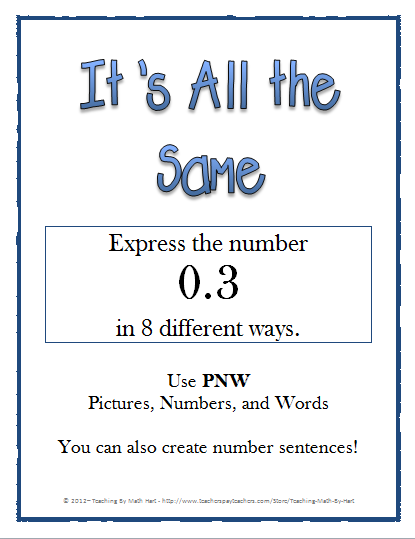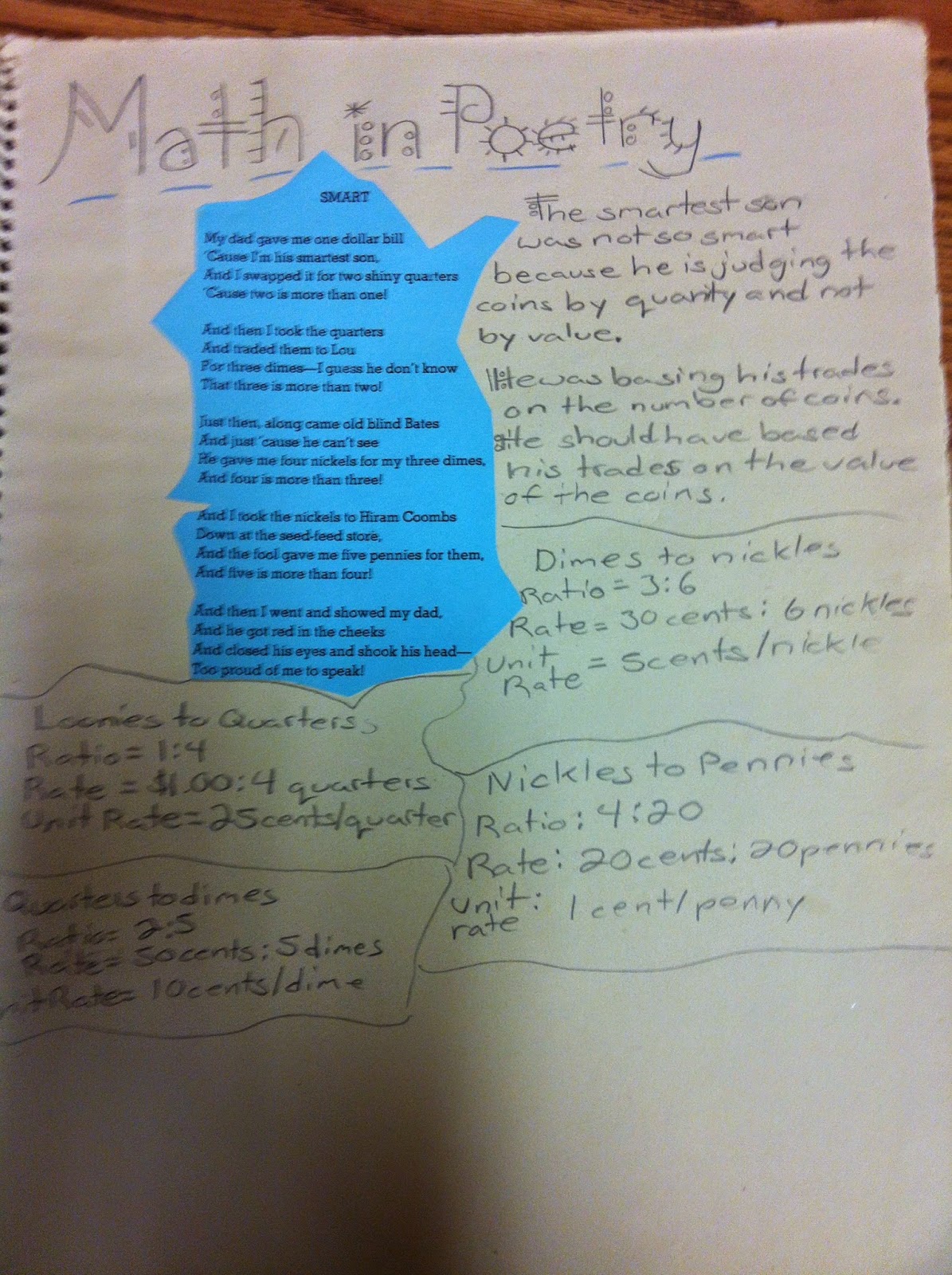Have you tried journal writing in Math class yet?
I have been using journal writing to assess my students general understanding of math, and gain a deeper knowledge of their thoughts and feelings about math, for quite a while, and I cannot begin to tell you how beneficial it is.
When I first introduce journaling to my students in my class, I generally hear comments like, "Aren't we in Math class right now?", followed by, "Isn't journaling for Language Arts class?".
When I first introduce journaling to my students in my class, I generally hear comments like, "Aren't we in Math class right now?", followed by, "Isn't journaling for Language Arts class?".
Who would have thought that you can journal in Math class too!
So, the BIG question...
So, the BIG question...
Why Journal in Math class?
A Math journal can be used as a strategy to provide students with an opportunity to:
- reflect on their math understanding and learning
- search for real life connections
- openly write about ideas, thoughts, and feelings about math
- become more actively involved in their own learning
- make use of the math vocabulary presented in class
- differentiate for a variety of learners
- assess their students' knowledge in a variety of ways
- provide students with an alternative way to explore and enhance their learning
- integrate outcomes/standards from other subject areas
How to Journal in Math Class
How and when to journal is completely up to you and your students. To maximize the benefit of journaling, I recommend doing it at least once a week as a warm-up/wrap-up activity in your math class. To help me incorporate journaling into our weekly routine, I refer to Thursday as, "Thinking Math Thoughts". At the beginning of the class I present a journal starter to the class and allow them 10-15 minutes to write their thoughts in their journal. Depending on the topic, we may have a class discussion afterwards.
Another way to encourage your students to journal is to keep a basket of journal starters out in your classroom. If students finish an assignment early, they can grab a starter and write a journal entry on their own.
Journaling can also be a very insightful form of assessment. Journal entries can be both an effective and efficient way to check for understanding. Once a lesson is complete, it can be followed with a quick question for the students to solve. They can then elaborate in their journals. Use as an exit slip to determine where you students are today and what they will be ready for tomorrow.
Using journals as a formal assessment will often tell you more about your students' understanding that a test would. In order to assess specific skills, relate your journal entry directly to the concept you want to assess. Journaling requires students to put their thought process on paper, a difficult task for some. I always find it fascinating that the ones that struggle the most with this assessment are often my strongest math students. They often default to, "I just know it. I can't explain it."
Student sample explaining Order of Operations to another student.
I encourage you to attempt journaling in your own Math class. As this becomes an established expectation, your students will gradually become stronger mathematical thinkers and more confident math learners. If you see value in incorporating this into your teaching practice, you can check out the full resource here.





















.jpg)

.jpg)

